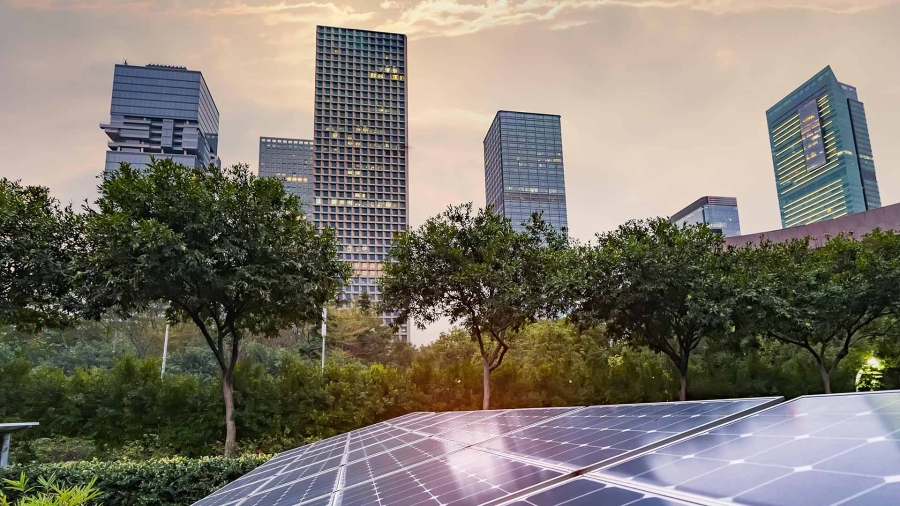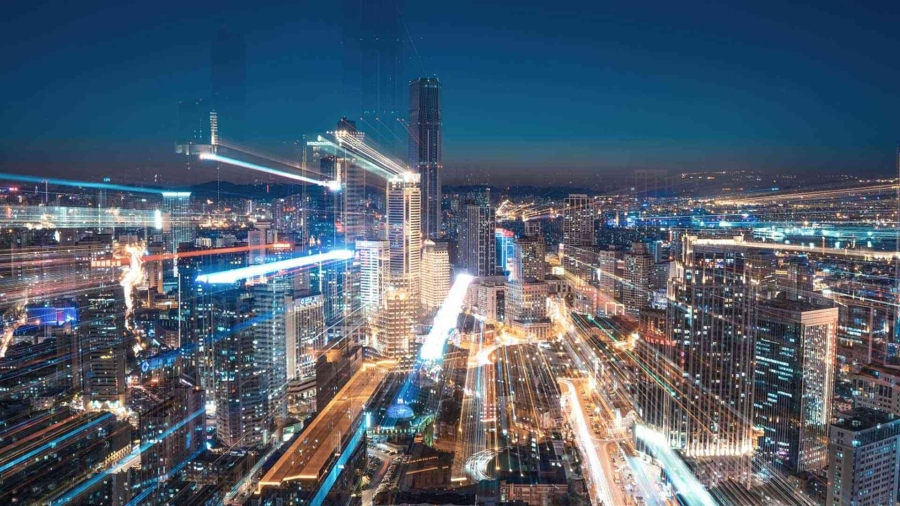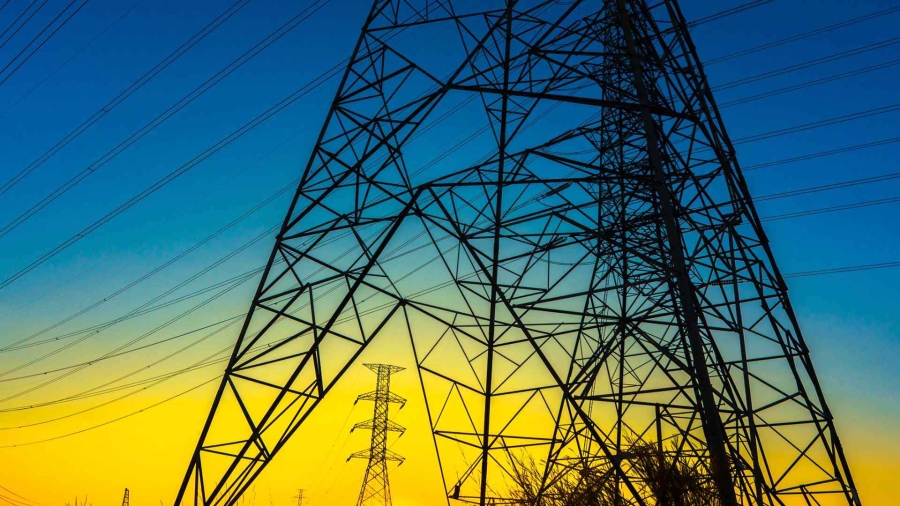This article originally appeared on the World Economic Forum website, The Agenda.
As a student, back in 1988, I wrote my thesis on Artificial Intelligence. In the 30 years that followed, the topic got little to no attention outside the world of software engineers like myself. Then, just over a year ago, AI burst onto the public stage with the emergence of new generative AI tools that can be used to create written, visual and other content.
In fact, AI has been around for some time. A simple web search involves AI. Chatbots use AI. But the exponential growth we’ll see as AI adoption soars and uses multiply will fundamentally reshape how we work and live. It also has huge implications for the biggest challenge facing humanity today: climate change and the way we produce and consume energy.
Climate change won’t wait for AI
Let’s be clear: Despite all the excitement of the past year, AI is not in itself a silver bullet — it’s not an instant solution to limiting global warming to 1.5°C above pre-industrial times.
The emergence of AI must not distract us from deploying existing technologies like renewables, electric vehicles and heat pumps, and automation and building management software that optimizes processes and energy usage in buildings, industrial sites, and infrastructure.
Consider the buildings and construction industry. This accounts for some 37% of global energy and process-related carbon emissions, according to the latest status report from the United Nations Environment Program. But every building built today could be practically net zero, using already-available combinations of local renewables — rooftop solar, for example — and sensors and software that maximize the efficiency of energy-consuming activities. This is not science-fiction that depends on future developments in AI. It is proven technology, and Schneider Electric, for example, is already using it in IntenCity building in Grenoble, France, and have helped many others to deploy it, too.
Likewise, we need to massively accelerate the use of low-carbon and energy-efficiency technologies in existing buildings. Retrofitting them for far greater efficiency sharply reduces both costs and emissions, and more rapidly than many realize. There’s no need to wait for new AI tools — it can be done now.
AI: Turbo-charging decarbonization or emission time-bomb?
That said, much of the excitement around AI and climate change is justified.
Because paired with such technologies, and with augmented reality, virtual reality, visualization technologies, digital twins, the Internet of Things (IoT), AI allows us to reach ever greater efficiency, faster. And when it comes to energy, greater efficiency means lower carbon emissions.
Microgrids, for example, are self-contained, localized electrical networks that power homes, businesses and other facilities using on-site energy generators and battery storage. Intelligent software can connect the different components with each other and with the utility grid. It can analyze real-time data about power reliability and costs, and automatically forecast and optimize how and when to produce, consume and store energy. And it makes it easy for the user to understand their savings, output and CO2 emissions.
Or take another example. Schneider Electric recently launched Resource Advisor Copilot. This uses GenAI-based Natural Language Processing (NLP) technology to improve the way energy and sustainability teams interact with their enterprise data. Through a chat interface, users can request real-time data, enhanced analytics and visualization, or ask it questions like “How much did we spend on electricity in 2023?” or “Can you detail a plan to decarbonize my operations by 2030?”
We do need to be clear-eyed about what the explosive growth of AI and the data centers that power it means for water and energy consumption and emissions. Estimates suggest as the planet digitizes the power consumption of data centers will roughly double by 2028 — and that AI will account for some 20% of the total by then, up from about 8% now.
It’s critical that this doesn’t lead to energy crunches or a rise in emissions. The ever-increasing efficiency of processing and software will help address this challenge. So will adjustments that can be made to the design and management of the data centers: replacing diesel generators with flexible, clean storage, and using ultra-high efficiency cooling, for example.
Accelerating climate action with or without AI
Whether you like it or not, the transformative power of AI is even bigger than the advent of the internet in the 1990s. Like the internet, AI will be at its best when it’s deployed responsibly and ethically; when it is powered with minimal impact on the environment; and used as an enabling tool and lubricant rather than an end-goal in itself — helping rather than replacing the human input that’s needed for ultimate quality assurance.
It must also not distract us from using what we already have at our disposal now: with or without AI, we can install more wind farms and EV charging stations and use existing digital tools to vastly improve how buildings and infrastructure are designed, built, operated and maintained.
Done right, however, AI can be a much needed and powerful accelerator of existing technologies and speed up the development of new ones, supporting our efforts to keep climate change in check.














